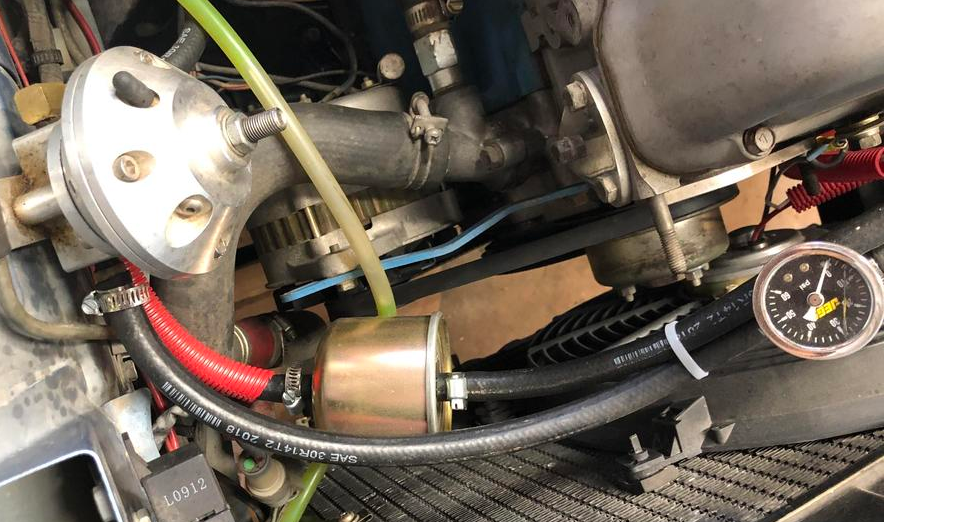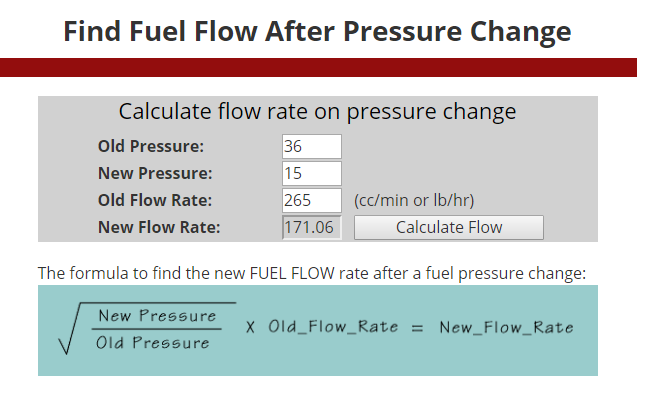Everything posted by Zed Head
-
Randomly lose power when driving
Many people are able to leave the hood partially open and hang the gauge out of the opening. Or, if it takes a few minutes to completely die you can jump out and take a look when it happens. It can take some work but if you see zero pressure when it happens, that's a big clue. Or if you see full pressure. Process of elimination.
-
Randomly lose power when driving
Don't mean to keep picking at you for more info but the time factor is important. How long can you drive before the problem happens? How long (days, weeks, months) did it run fine before things went bad? Is the pump a high quality pump or a cheap aftermarket pump? You might have a pump that's dying. Not uncommon, and they do overheat as they go bad. The tachometer needle is the best indicator of module problems.
-
4spd transmission synchroniszer early Z
Don't just replace the synchros on the assumption that "new" is better. I'd use the worn Nissan synchros over new inexpensive aftermarket if they're in spec. There are several stories out there from people who put new aftermarket synchros in for a rebuild and didn't like the results.
-
Failed CO emissions - all controls removed - where to start?
When you click on it it will download to your computer or phone. Check your Downloads area. Or, you might not have a pdf file viewer on your system. I created an image from it.
- 800RPM idle, good accel, timing off by 20 degrees!
-
Randomly lose power when driving
A pressure gauge will tell you if it's a fuel issue. Since the problem is repeatable you should be able to put the gauge where you can see it while the problem happens. Ignition module issues usually show signs through the tachometer needle. It will read high and jumps around as the extra sparks screw things up. You're down in hot Austin so you could also have the vapor lock issue, especially since you have a different engine, maybe with some hacked up fuel system parts. Find out where your fuel lines are running. What kind of fuel pump are you using, mechanical or electric?
- 800RPM idle, good accel, timing off by 20 degrees!
-
Failed CO emissions - all controls removed - where to start?
Still, does it really matter? If it's a radical cam he'll be able to tell by the loping "cammy" idle. If it's not radical it probably doesn't matter too much. I see multiple things happening at the same time. The path to the disassembled "wish I hadn't done that" engine.
-
Failed CO emissions - all controls removed - where to start?
If you're planning to remove the camshaft you might be getting ahead of yourself on the original goal. Just saying, it's easy to get diverted. People often start changing things then just get lost with a new set of problems. One small mistake and you'll be removing the head, then drilling out a broken head bolt, some broken exhaust studs, Yada yada etc.
-
Failed CO emissions - all controls removed - where to start?
I just noticed something odd, but can't be sure. It looks like the pressure gauge might be on the return line to the tank. It should be between the fuel filter and the rail. Not really sure how the pressure would vary with the vacuum hose connected if it is on the return line, but worth double checking. Maybe the FPR is connected incorrectly.
- 800RPM idle, good accel, timing off by 20 degrees!
-
Randomly lose power when driving
Complete loss, partial, sporadic...? Did it die and refuse to start back up? Details will help. If your car is stock it will have the original electronic ignition module. Things can get weird when they start to go bad.
-
Datsun Spirit ITB's
Keeping the injectors cool is probably worth doing. That is the source of the heat soak/hot start problem for many EFI systems, apparently. If the shields block air flow then they also block hot air rising from the exhaust system. So, dual function, radiant and convective.
-
Datsun Spirit ITB's
He builds engines. He probably just rebuilds his every 20,000 miles. And never drives through construction zones or if the wind is blowing.
-
Failed CO emissions - all controls removed - where to start?
Another thought, and a reason to just go through the whole series of EFI component tests and measurements. If your coolant temperature sensor circuit is "open" the ECU will dump loads of extra fuel thinking that it's super cold out. It might be that that is the reason the PO lowered the fuel pressure. You already have many of the important numbers. Keep measuring and confirming. A multimeter is a very valuable tool for the EFI systems. You might save yourself some time and money by doing the full set of tests first.
-
Failed CO emissions - all controls removed - where to start?
I used an online calculator just for fun and it comes up surprisingly close to "turbo" injector for your measured pressure. Assuming that the 188 cc number is at 36 psi. Some flow rate charts aren't clear on what pressure they measure at. Whatever you do, keep track of your starting points so you can reset them if needed. http://www.atlanticz.ca/zclub/techtips/injectors/index.html https://www.rcfuelinjection.com/technical
-
4spd transmission synchroniszer early Z
Click the little translucent trash can on the lower corner of the image in the separate images window to remove an image. If you just cut it from the message it will come back, as you've found.
-
Failed CO emissions - all controls removed - where to start?
If the glue blobs were intact after you removed the cover then leave it where it was with the intact glue blobs. Never adjust it. The procedure I linked to is for getting it back to where it is supposed to be. The AFM should never be adjusted from its factory position. There are better ways to tune the air-fuel ratio.
-
Failed CO emissions - all controls removed - where to start?
The pressure reading is actually great progress. The numbers are the most important part of working with EFI. You're at a point where you can calculate a cheapest path to where you want to be. Find the atlanticz.ca page about calibrating your AFM and see if it has been messed with. It might be most cost-effective for you to just buy the right injectors and calibrate your AFM. If you send your injectors out and they're high flow rate you'll need to buy new ones anyway. It's a learn-o-rama with the old EFI systems. Have fun. I found the page. It's worth a read. http://www.atlanticz.ca/zclub/techtips/afm/index.html
-
Transmission A or B? Fix loose linkage
You could shim inside the fork also, instead, if you don't want to bend things. Seems like there's no magic one-shot fix. Usually on these types of things you just have to do several small fixes that will all add up to a tighter system. The first thing I'd do is wiggle the shift lever and see what's loose. Even if if you had a specific one-shot fix suggestion you'd want to do that. It's all right there in your picture.
-
4spd transmission synchroniszer early Z
Compare your ring baulk numbers here. Looks like they're the same part, A and B. http://www.carpartsmanual.com/datsun/Z-1969-1978/power-train/transmission-gears/4-speed/to-aug-71 http://www.carpartsmanual.com/datsun/Z-1969-1978/power-train/transmission-gears/4-speed/from-sep-71 http://www.carpartsmanual.com/datsun/Z-1969-1978/power-train/transmission-gears/4-speed
- Transmission A or B? Fix loose linkage
-
First Engine Start After One Year Of Restoration
78 has its own special way to run the pump. Take the oil pressure switch/sensor plug off at the engine then turn the key on. The pump should get power. It's a flaw in the design but convenient.
-
Fuel pump problem (?)
The simple way to test the pump power circuit is to disconnect the small wire from the starter solenoid then turn the key to Start. The pump does not "turn on" when the key is on. Download the wiring diagram for your car and study it. Find the connectors for the pump power and clean them up. They might be corroded. There is a full test procedure for the relays in the FSM also, I believe. It also describes the other functions of the relay, if you're talking about the combined EFI/fuel pump relay. That one is not massive though, so not clear which one you're working with. Can you post a picture?
-
Transmission A or B? Fix loose linkage
I'm not sure on the A or B part but that is what they call the "monkey motion" shifter. Early style. I don't know which parts wear out either. Apparently they tend to get loose, there's a bunch on the internet about it. https://www.google.com/search?q=datsun+monkey+motion+shifter&rlz=1C1SQJL_enUS862US862&oq=datsun+monkey+motion+shifter&aqs=chrome..69i57.9386j0j8&sourceid=chrome&ie=UTF-8








